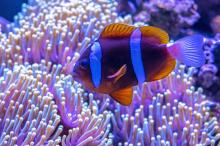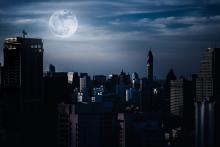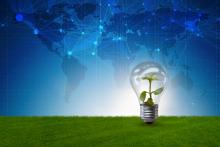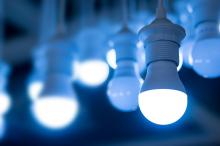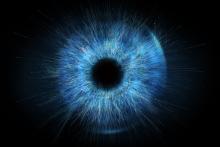Blue Light May Lead to Depressive Symptoms
Blue light has already been found to disrupt sleep cycles and circadian rhythms, and prolonged exposure can contribute to eyesight problems and even loss. A new study between multiple institutions in China has found that repeated exposure to blue light may potentially cause a number of depressive symptoms.

